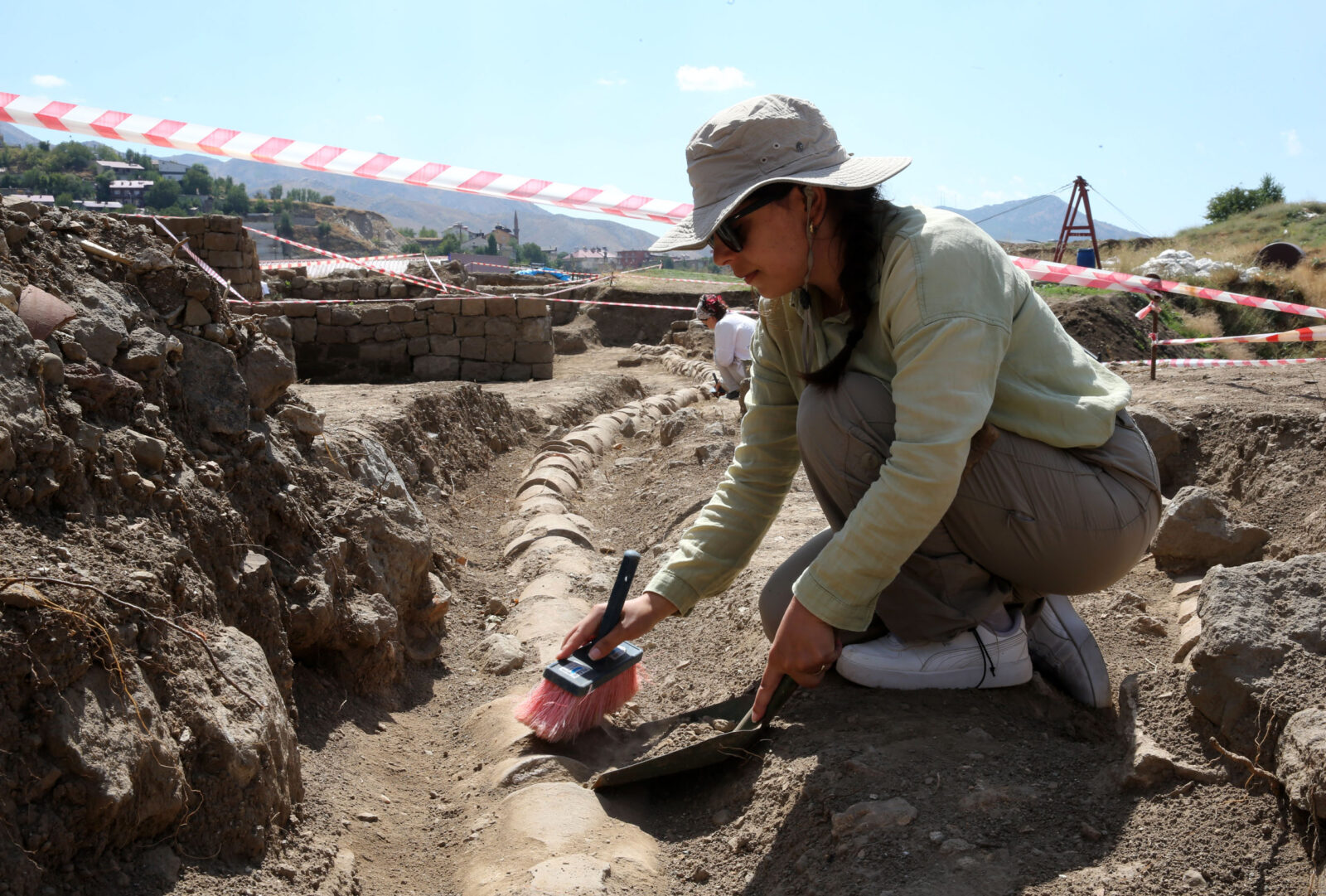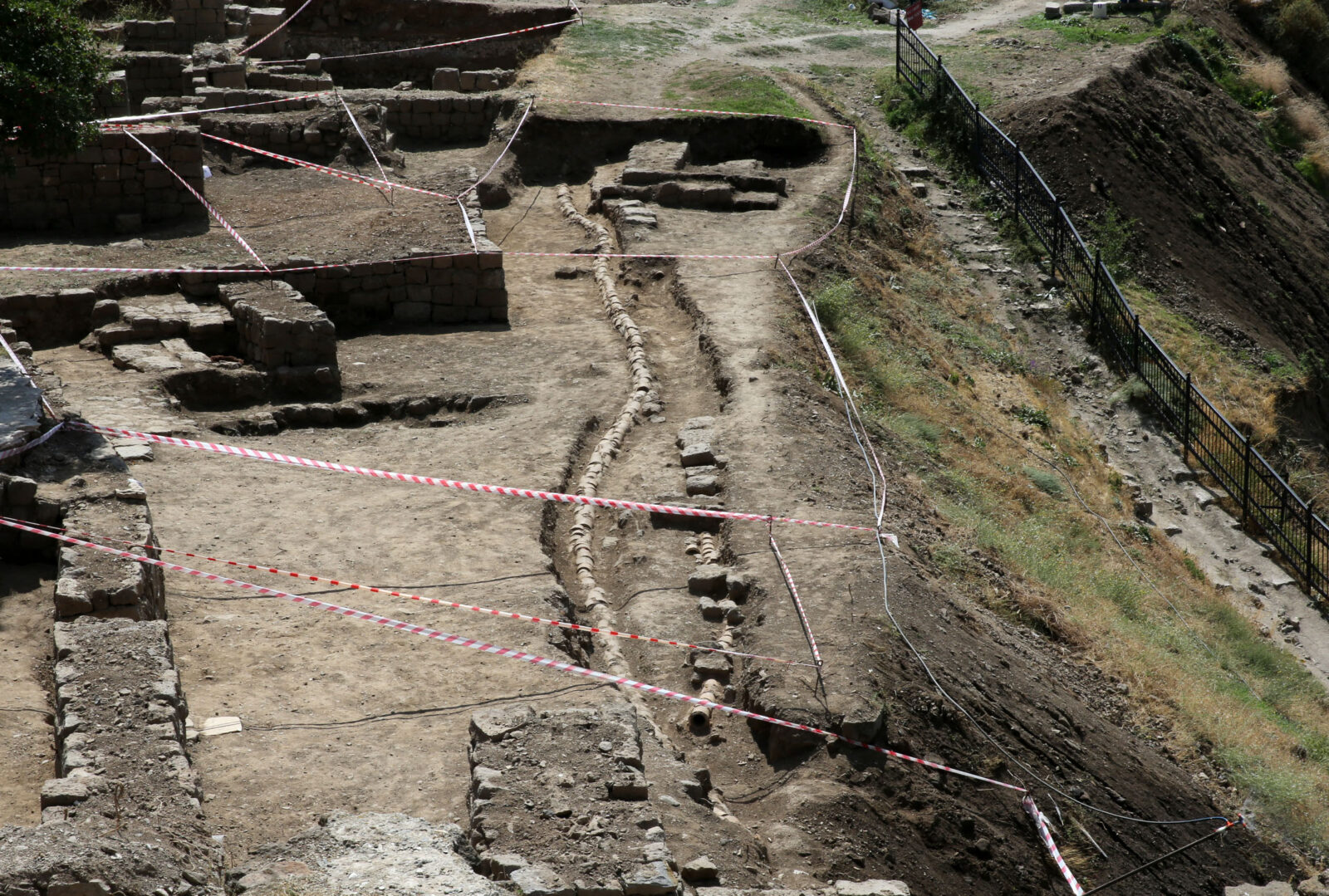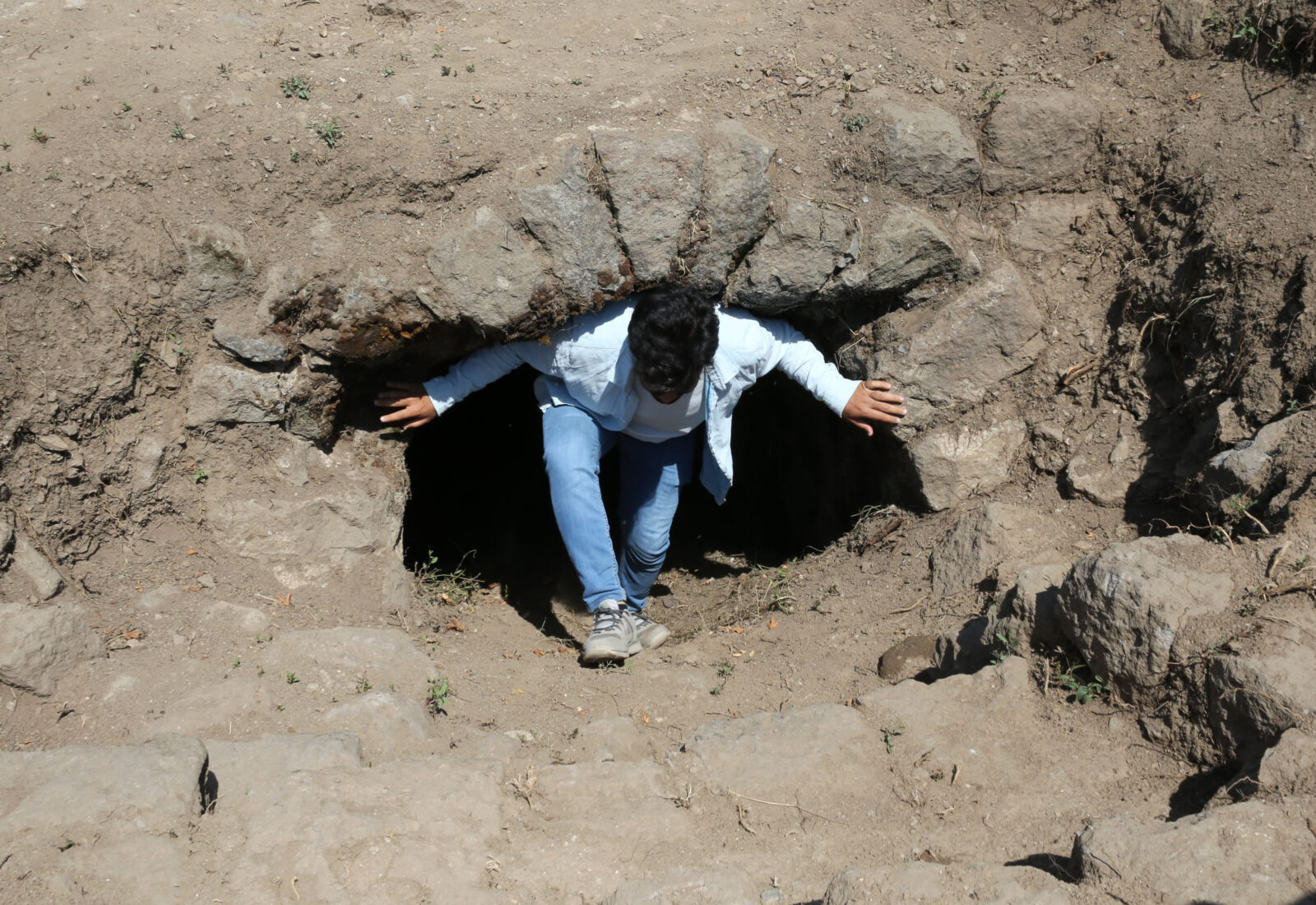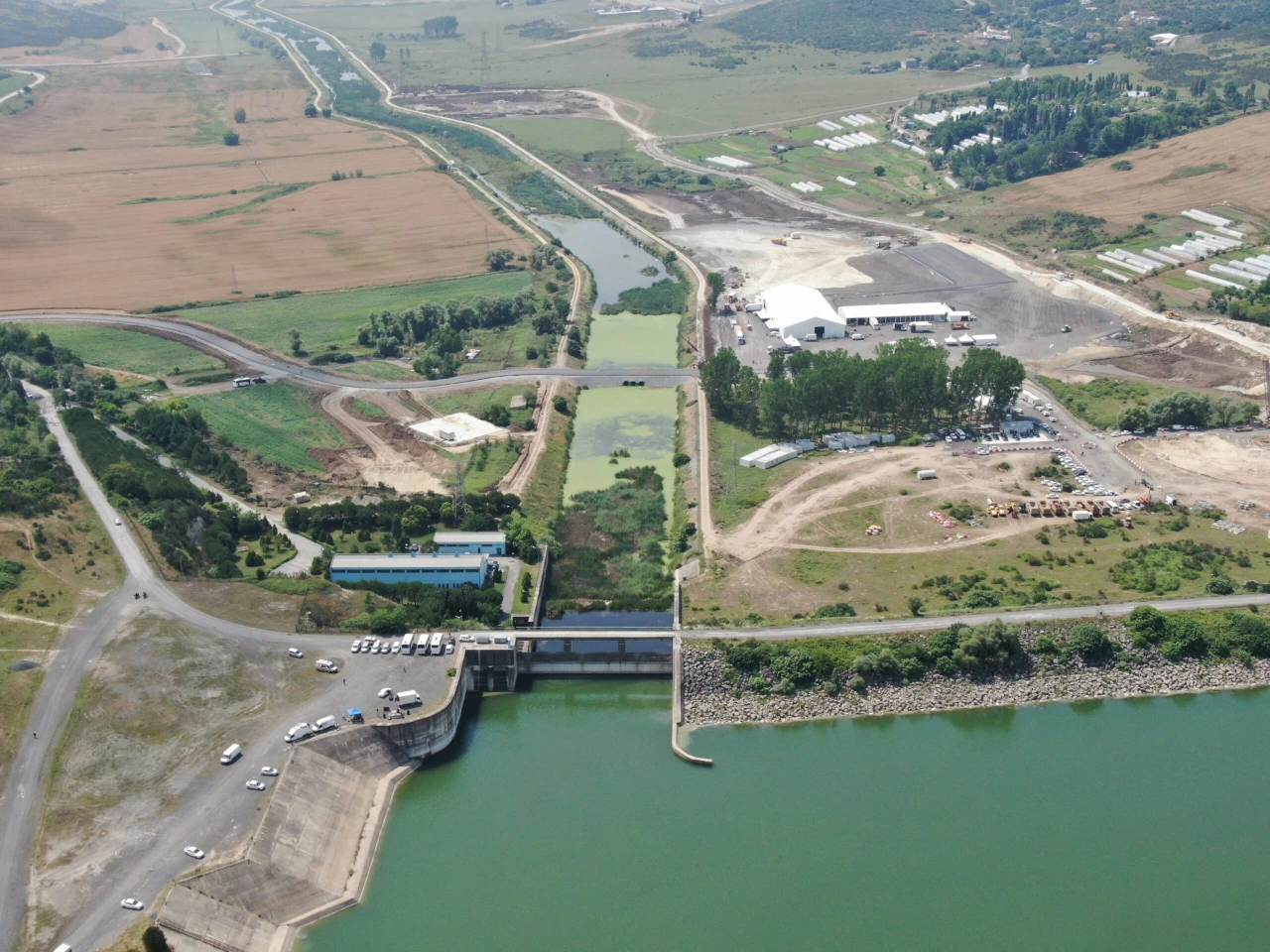Ancient water distribution system discovered at Türkiye’s Bitlis Castle
 A water distribution system made of clay pipes, which met the water needs of those who lived in the castle in the past, was discovered during the excavation work concentrated in the palace section of Bitlis Castle, which hosted many civilizations, Türkiye, September 19, 2024 (IHA Photo)
A water distribution system made of clay pipes, which met the water needs of those who lived in the castle in the past, was discovered during the excavation work concentrated in the palace section of Bitlis Castle, which hosted many civilizations, Türkiye, September 19, 2024 (IHA Photo)
Bitlis Castle, a historical site rich in cultural heritage, has revealed an ancient water distribution system dating back approximately 500 years. Recent archaeological excavations led by the Ahlat Museum have uncovered a network of clay pipes, along with architectural structures, coins, pipe stones, pots, lamps, ceramic fragments, glass, metal, and bone artifacts.
Ali Fuat Eker, Director of the Provincial Culture and Tourism Department, emphasized the significance of understanding how the castle’s water needs were met. He stated, “The discovery of this clay pipe system has proven that clean water was supplied to the castle’s cisterns and the Sinan Bey Bathhouse.”

Ongoing excavation efforts
The excavation efforts at Bitlis Castle, which have received support from Eren Holding, are ongoing under the scientific guidance of Associate Professor Yunus Emre Karasu from Bitlis Eren University’s Department of Art History. A team of 20 is working diligently to shed light on the castle’s historical narrative.
The focus this year has been on the palace section of the castle, where the water distribution system was discovered. Believed to have been constructed during the Ottoman Empire in the 1500s, this system has brought to light various artifacts, including coins, pipe stones, and other significant finds.

Importance of water management
Eker elaborated on the findings, explaining that the water was distributed through this clay pipe system to the castle’s cisterns.
“This system serves as water infrastructure for the castle. Our investigation confirms that water from the Duav region was transported through arches and distributed via pipes to meet the needs of the palace and other structures,” he explained.

Once restoration of the discovered structures is complete, the castle will be open for public visits. The Sinan Bey Bathhouse, built in the 1530s, is among the historical sites set to be unveiled to visitors.
The excavation at Bitlis Castle not only enhances our understanding of the region’s historical water management systems but also adds invaluable context to the lives of those who inhabited this significant site. As work continues, the findings promise to illuminate more aspects of Bitlis’ rich heritage.



